The concentration of carbon dioxide in the atmosphere increased at record speed in 2016, according to the Meteorological World Organization (WMO).
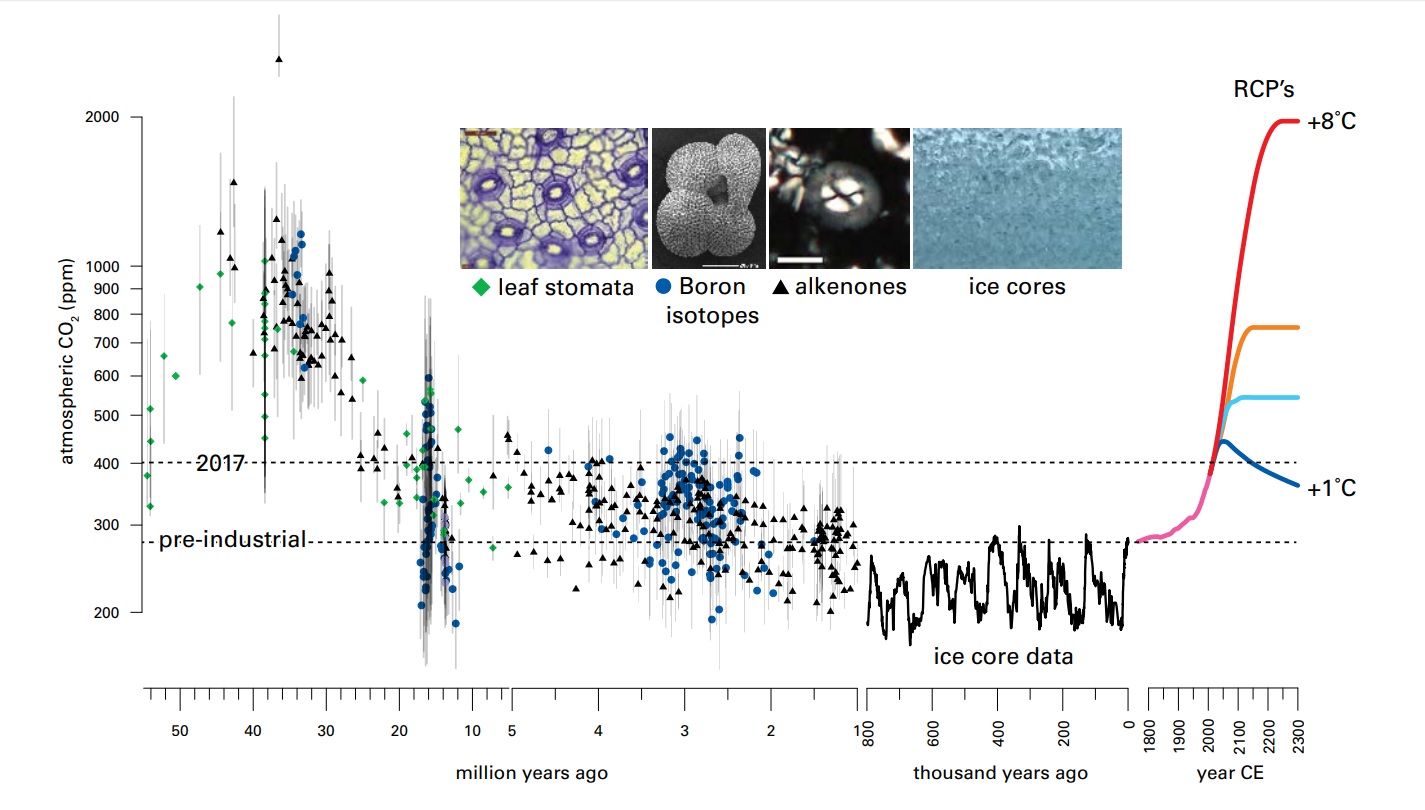
According to the United Nations organization, present carbon dioxide levels have not been this high for millions of years and may result in sea levels rising 20 meters and global mean temperature rising three degrees.
A combination of human activities and the El Niño weather phenomenon drove CO2 levels 45 percent above pre-industrial levels and further outside the range of 180-280 ppm seen in recent cycles of ice ages and warmer periods. El Niño intensified droughts and weakened the ability of vegetation to absorb carbon dioxide.
“Globally averaged concentrations of CO2 reached 403.3 parts per million (ppm) in 2016, up from 400.00 ppm in 2015 because of a combination of human activities and a strong El Niño event,”
– The Report says.
The WMO data is based on measurements taken in 51 countries. With research stations dotted around the globe that measure concentrations of greenhouse gases that include carbon dioxide, methane, and nitrous oxide.
Carbon dioxide levels in the atmosphere reached 403.3 ppm (million parts) in 2016, an increase from 400 ppm the year before. It’s a 50 percent faster increase than the average pace over the past decade.
At that time, the temperature of the earth was 2-3 degrees warmer than today, which resulted in melting ice, warmer water that expands, with sea levels 10-20 meters higher than today, according to the report.
“Without rapid cuts in CO2 and other greenhouse gas emissions, we will be heading for dangerous temperature increases by the end of this century, well above the target set by the Paris climate change agreement,”
– World Meteorological Organization Secretary-General Petteri Taalas in a statement.
The World Meteorological Organisation predict that 2017 will again break records for concentrations of carbon dioxide and methane in the atmosphere, but the pace of growth will not be as fast because there is no El Niño effect this year.
Reference:

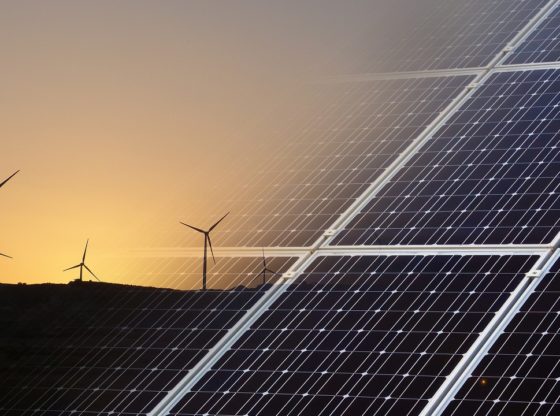

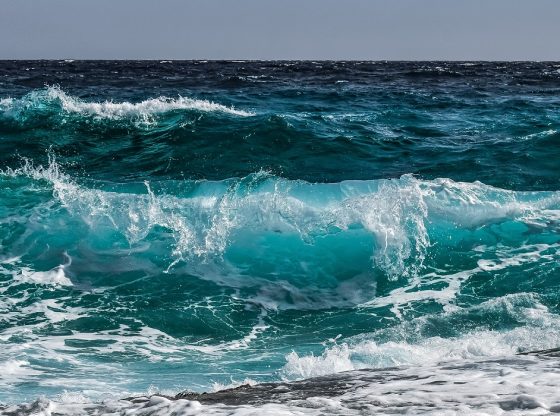
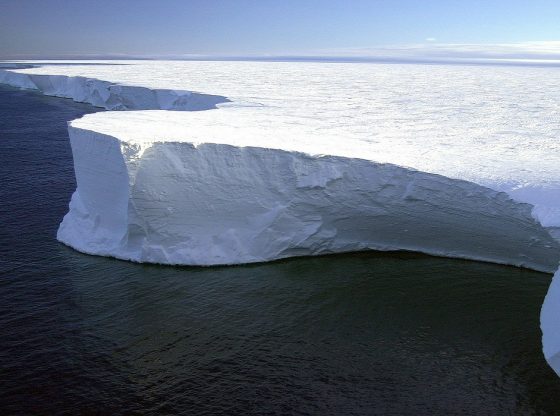
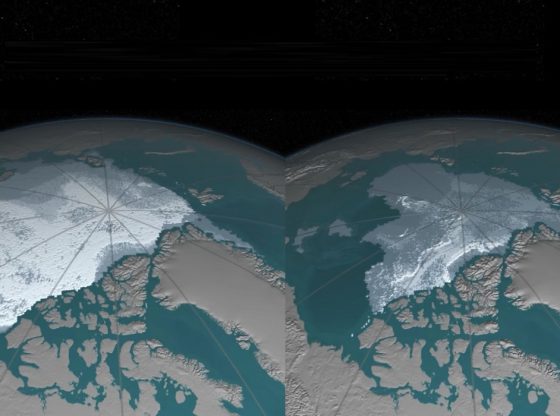

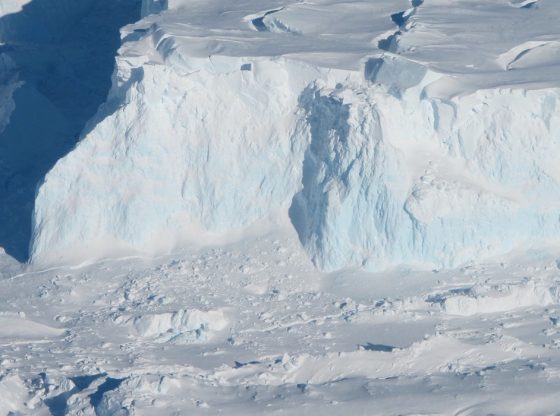
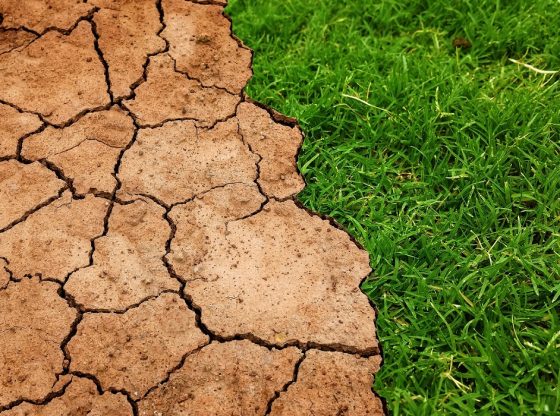
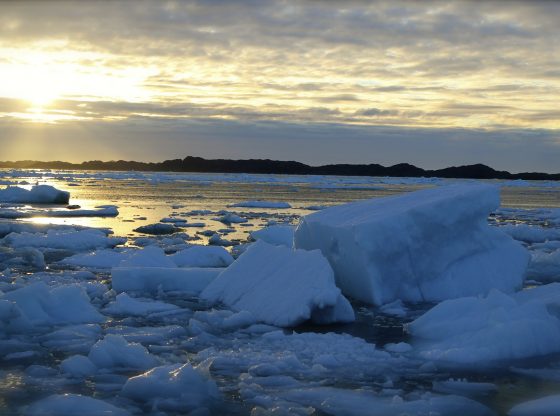

![OpenAI. (2025). ChatGPT [Large language model]. https://chatgpt.com](https://www.illustratedcuriosity.com/files/media/55136/b1b0b614-5b72-486c-901d-ff244549d67a-350x260.webp)
![OpenAI. (2025). ChatGPT [Large language model]. https://chatgpt.com](https://www.illustratedcuriosity.com/files/media/55124/79bc18fa-f616-4951-856f-cc724ad5d497-350x260.webp)
![OpenAI. (2025). ChatGPT [Large language model]. https://chatgpt.com](https://www.illustratedcuriosity.com/files/media/55099/2638a982-b4de-4913-8a1c-1479df352bf3-350x260.webp)








